Telehealth Update: OMHSAS Verbal Consent Update — Federal Telehealth Bill Passes House
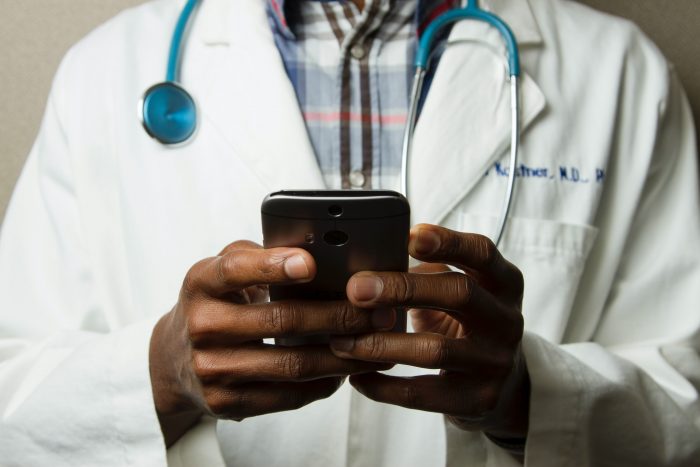

RCPA staff and the Conference Committee are gearing up for our long-awaited in-person conference to be held in Hershey, PA, October 11 – 14, 2022! Registration is now open; details on workshops, networking, and more are all available here.
We would also like to thank some of our early sponsors. Thank you for showing your support of our 2022 Conference!
 |
|
 |
 |
 |
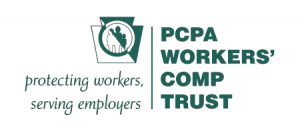 |
 |
 |
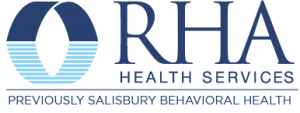 |
 |
 |
 |
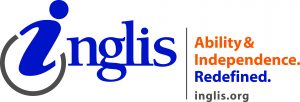 |
 |
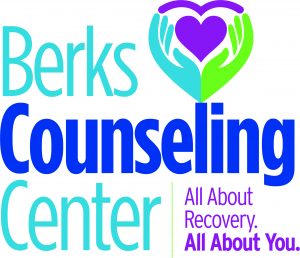 |
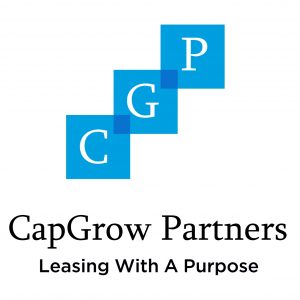 |
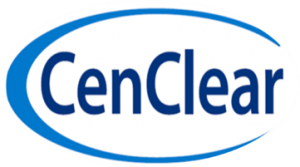 |
 |
 |
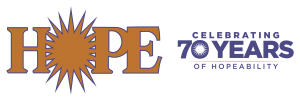 |
 |
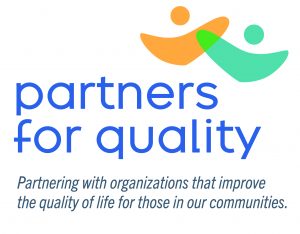 |
 |
|
We have additional sponsorship opportunities available and invite you to contact Carol Ferenz or Sarah Eyster for more information. We look forward to seeing you all Together this October!
FOR IMMEDIATE RELEASE
CONTACT:
Miranda Brazinski
570-709-4655
July 26, 2022 (PITTSBURGH, PA) — Mainstay Life Services, a nonprofit organization that provides life-long, high-quality support services for people with intellectual disabilities and autism, hosted its 15th Annual Charlie Ross Memorial Charity Golf Outing on June 27, 2022, at the Club at Nevillewood in Presto, Pennsylvania.
The event, which raises funds to help the people supported by Mainstay to live their best life, featured a field of 138 golfers and raised a record-breaking $172,395. Numerous sponsors contributed to this year’s success, including Hefren-Tillotson: The ERA Group / Baird, enkompas Technology Solutions, UPMC Health Plan, BBL Fleet, Microsoft, and Neishloss & Fleming, LLC.
View the 2022 Golf Outing Digital Program Book and photo gallery.
###
About Mainstay Life Services
Mainstay Life Services is a nonprofit organization providing residential services, community services, and other supports to people with intellectual disabilities and autism and their families throughout Southwestern Pennsylvania. We are committed to assisting the people we support to reach their fullest potential within their community.
We invite you to attend an RCPA regional meeting in your area on any of the below dates in August or September 2022. The meetings will focus on RCPA issues, including:
We will also provide an update to the addiction treatment community on our advocacy efforts to ensure the Opioid Use Disorder Centers of Excellence transition from a DHS-directed payment model to a state plan service is fair and manageable for providers. In addition, ProVantaCare (our sister managed care entity) will review its efforts, goals, and upcoming opportunities.
Immediately following lunch, we invite RCPA members and advocates to participate in the Delta Center Convening on Telehealth. RCPA has collaborated with National Council on bringing together primary care associations (PCAs) and behavioral health state associations (BHSAs) to advance policy, payment, and practice changes that will benefit the millions of people served by health centers and community behavioral health organizations (CBHOs). RCPA is the recipient of grant funds through the Delta Center to cultivate health policy and a care system that is more equitable and better meets the needs of individuals and families.
In this forum, we will engage in roundtable discussions with consumers and practitioners on their opinions on the effectiveness, challenges, and future use of telehealth to deliver behavioral health services. The information gathered will guide the PA Delta Center team in its advocacy for developing regulations, bulletins, and practices that ensure equity and access to services for all communities. Your participation will be key to our ongoing work in establishing a healthy and sustainable telehealth footprint in Pennsylvania. For additional information, please contact Jim Sharp, Director, Children’s Division.
Please see the full agenda here. Registration is required.
Monday, August 1 — RCPA Central Regional Meeting and Delta Center Telehealth Convening
Sheraton Harrisburg Hershey Hotel, 4650 Lindle Road, Harrisburg, PA 17111
Register Here
Tuesday, August 2 — RCPA NE Regional Meeting and Delta Center Telehealth Convening
Holiday Inn Wilkes Barre, 600 Wildflower Drive, Wilkes-Barre, PA 18702
Register Here
Friday, August 19 — RCPA Western Regional Meeting and Delta Center Telehealth Convening
RLA Learning and Conference Center, 850 Cranberry Woods Drive, Cranberry Township, PA 16066
Register Here
Friday, September 16 — RCPA SE Regional Meeting and Delta Center Telehealth Convening
The Alloy King of Prussia, a DoubleTree by Hilton, 301 W. Dekalb Pike, King of Prussia, PA 19406
Register Here
On July 7, 2022, Gov. Wolf signed Act 33 of 2022, which amends Act 63 of 1972 as it pertains to confidentiality of substance use disorder patient records. Act 33 incorporates federal confidential protections under the Health Insurance Portability and Accountability Act (HIPAA) and 42 CFR Part 2. Act 33, which took effect immediately, prohibits the Pennsylvania Department of Drug and Alcohol Programs (DDAP) from promulgating or enforcing a regulation that restricts any disclosure of records or information that is permitted by Act 33. DDAP is currently reviewing Act 33 to determine next steps as a regulatory agency and will be providing additional information and details on the DDAP website in the near future.